
Spotted Something Strange?
Let me ask you a weird question: have you ever honestly looked under your tongue? Like, actually tilted your chin up at the bathroom mirror and checked out what’s happening beneath there? If you have… you probably noticed some wiggly, bluish (or purple) veins staring back. And if you haven’t, you might be tempted to go check right now—go on, I’ll wait!
It can be a bit eerie the first time, right? I remember the first time I spotted what looked like a little roadmap under my tongue. Did I freak out? Kind of. But here’s the thing: those blood vessels under the tongue (what the NHS and loads of dental folk call “sublingual varices”) are way more common—and more telling—than you might think.
What’s With Those Veins?
So, let’s get it straight: you’re NOT alone if you’ve noticed them. Researchers say “caviar tongue” (yep, it really has a name!) shows up in tons of people as they age—sometimes as early as in your 40s, but the numbers really jump in your 60s and 70s. It’s basically veins getting a little lazy and loose over the years, kind of like the old garden hose that kinks up and bulgesaccording to a study in the Saudi Medical Journal.
Wait, Could This Be Bad?
Breathe easy: in most cases, seeing prominent blood vessels under the tongue is benign. They’re a classic “sign of aging” and pretty harmless for the vast majority of us. Dentists aren’t worried unless you have pain, weird coloring, or sudden changes.
But (there’s always a “but,” isn’t there?), these veins can sometimes signal other things. For example, if you’re under 40 and you’ve got big, twisty veins popping out under your tongue, it could be pointing to something else—a vitamin deficiency, or even a more serious systemic conditionas suggested by clinical studies.
If you want to check what’s “normal” versus “hmm, maybe this is odd?”, it helps to see some real-life pictures. Here’s a handy resource: Pictures of veins under tongue. Trust me… after seeing a few, you might feel a lot less freaked out about yours.
Links to Your Heart, Blood Pressure, and More
Let’s get a little science-y, but I promise to keep it in plain English. Here’s the wild bit: doctors and dentists have noticed that those enlarged veins (the NHS call them sublingual varices) are way more common in folks with high blood pressure, a.k.a. hypertensionbased on observational clinical research.
How Are They Connected?
Picture your circulation like city traffic. When there’s a jam or extra pressure (think: hypertension), blood gets rerouted—sometimes making side streets (like those veins under your tongue) bulge and pop out. The research is clear: “If you’re over 40 and have visible sublingual varices, there’s up to a 50% risk you also have high blood pressure.” Add smoking to the mix? That risk jumps to nearly 60%—not kiddingaccording to insights from Today’s RDH.
Table: Who’s Most at Risk?
| Risk Factor | Chance of Enlarged Veins | Notes |
|---|---|---|
| Aging (40+) | ~50% | Common, especially with each passing decade |
| Smoking | +8% risk added | Combining with age hits nearly 60% |
| High Blood Pressure | Up to 2X more likely | Assess with your GP! |
For more context (say you or a friend notice your veins look a bit extra), you’ll want to see enlarged veins under tongue as a quick side-by-side. Sometimes, those visuals really do the talking.
What Else Causes Veins to Stand Out?
Alright, let’s get into some everyday stuff. Why else do these veins get more dramatic?
- Aging: Like I mentioned, it’s usually just time doing its thing. The elastic “bounce” in our veins fades, and next thing you know, they start bulging a bit.
- Smoking: It’s been linked over and over to prominent sublingual varices. (Yet another reason to quit… who knew, right?)
- Vitamin C deficiency: Not as common, but if you’re not eating veggies or fruit, your veins might get more visible. Weird but trueaccording to relevant medical literature.
- Denture wearing, chronic cough, or plain old genetics – All have been linked, but the connection isn’t always super strong.
One unexpected thing I learned? In rare cases, “caviar tongue” can even run in the family. (So if your parents have them, don’t be shocked if you spot them too!)
Anything Scarier?
I get it—Google spirals are real. You might have read about portal hypertension (when your liver and its veins get overloaded), heart problems, or diseases like vasculitis showing up first in the mouth. Yes, serious stuff can sometimes pop up as purple or swollen veins under the tongue—but most of the time, it’s the usual suspects: age, blood pressure, and lifestyleas described by the NHS.
Still, if your tongue gets painful, super swollen, or you develop ulcers (especially ones that don’t heal), it’s time to speak to your GP—a rare condition called Behçet’s disease can cause repeated mouth ulcers, including on the tongue’s undersideaccording to nidirect health explanations.
What Should You Watch For?
So, how do you know when your veins are just “uniquely you” and when they’re a sign to check in with someone? Here’s my personal checklist, after years of curious googling and grilling my dentist:
- If the veins get lumpy, ropey, or suddenly change shape
- There’s pain, numbness, or tenderness under your tongue
- You spot bleeding, persistent sores, or odd colors (deep purple, black…)
- Your family has a history of clotting or heart issues
Most of the time it’s “eh, just aging.” But if you match a few of these, or you just can’t shake that weird gut feeling (hey, our bodies talk!), get it looked at. GPs and dentists see this stuff constantly. A few folks have told me their dentist flagged their high blood pressure thanks to spotting those telltale veins.
Mouth and Body: It’s All Linked
Here’s something hardly anyone thinks about: your mouth is sort of the dashboard to your overall health. Those tiny veins you see under your tongue (and yes, the places you get mouth ulcers or blisters) are little hints about your blood pressure, your heart, maybe even your immune system.
When I first learned this, I started checking not just for clean teeth, but for my own “health status update” every time I brushed. Silly? Maybe. Empowering? Absolutely.
Real Talk—My Experience
Can I be honest? I grew up thinking dental visits were just about teeth, but after my dad (who’s had blood pressure issues for decades) got told by his dentist to go see his doctor after his veins started looking enlarged, I started seeing things differently. Turns out, Dad’s barely-there symptoms were caught early—and he always jokes he owes his “ticker” to his dentist, not his GP.
If you’ve never had someone else check your tongue veins, it might be time. And if you haven’t peeked at pictures of veins under tongue in a while, now is as good a time as any.
Everyday Ways to Keep Things Flowing
Now, I won’t insult you and say you can just “eat more kale” and your veins will suddenly shrink. (Wouldn’t that be nice?) But, there are a few gentle upgrades you can work in for the health of your whole circulatory system—plus, they’re just good life habits.
- Quit smoking. I know, I know. Broken record. But if you needed a tiny extra nudge, maybe knowing it literally shows up in your mouth will help?
- Eat your vitamins. Especially vitamin C-rich foods. It helps keep vessels bouncy and resilient.
- Manage blood pressure. Check it now and again, even at a pharmacy. Your mouth might tip you off first!
- Keep up dental checkups. Dentists aren’t just for cavities. They spot stuff your mirror will miss, including early signs of heart issues.
- Stay curious, not panicky. Most tongue veins are, frankly, boringly normal!
If Things Do Look Weird…
…that’s okay! Use resources like enlarged veins under tongue as a starting point. Keeping a photo log for comparison (seriously—phones are great for this) is not neurotic, it’s proactive. You’re being a responsible body-owner!
When to Ask for Help (and When to Chill)
Here’s the honest answer: if your veins aren’t changing, aren’t painful, and haven’t come with other weird stuff (sores, heavy bleeding, big lumps), it’s almost always harmless. If your veins swell up overnight, become tender or black, or you develop other stuff like a sore that just won’t heal—give your doctor or dentist a call sooner rather than later.
Don’t sit home stewing and googling for hours. Most health worries fade away once you’ve checked with a pro (even digital ones—lots of clinics now do quick consultations by video).
Your Tongue Is Kind of Amazing (Seriously)
All in all, this tiny weird spot in your mouth can be a total superhero when it comes to clues about your health. The blood vessels under the tongue that the NHS flags? They’re a friendly nudge—sometimes just saying “hey, another year older!” …sometimes whispering “let’s check your blood pressure.”
So, next time you brush, tilt your head back. Flash yourself a little smile. Maybe snap a quick pic (or compare to those pictures of veins under tongue). Consider making friends with your dentist or GP if things seem different. Knowledge isn’t scary—it’s empowering. You’re taking care of you, from head to heart and everywhere in between.
Final Thoughts: Keep It Simple, Keep It Curious
Here’s my friendly nudge: take a quick look under your tongue tonight. Not because there’s anything wrong, but because it’s your body…it’s always good to get familiar. Most of the time, it’s just another natural change, a signpost saying “you’ve lived a little!” If you spot anything odd, act early—even if just for peace of mind.
Trust yourself, look things up, lean on the pros, and keep doing the little things that add up for your health. Whether your tongue veins are barely there or doing the caviar dance, be proud—you care enough to pay attention. And honestly, what more could your body ask for? Big hugs for your curiosity—and here’s to many more years of healthy, happy tongues.

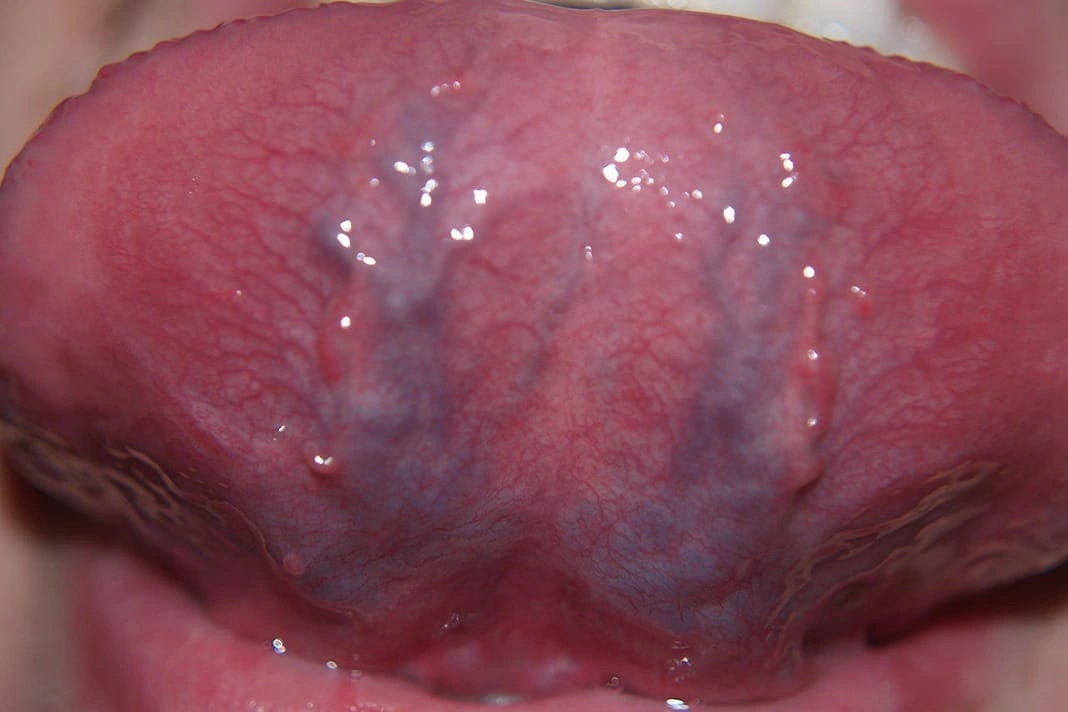

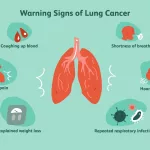





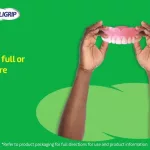




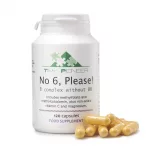
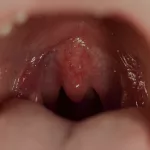
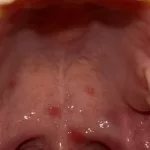
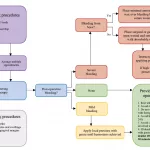
Leave a Reply
You must be logged in to post a comment.